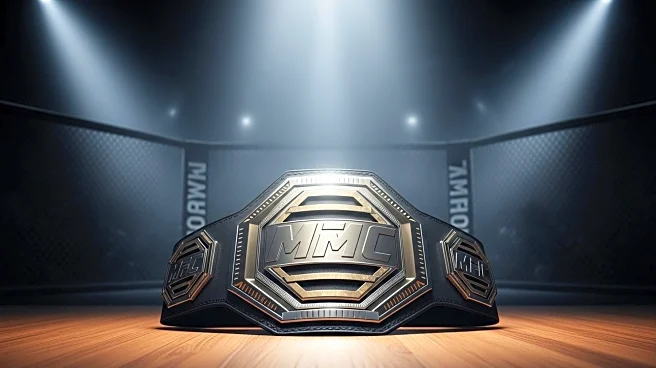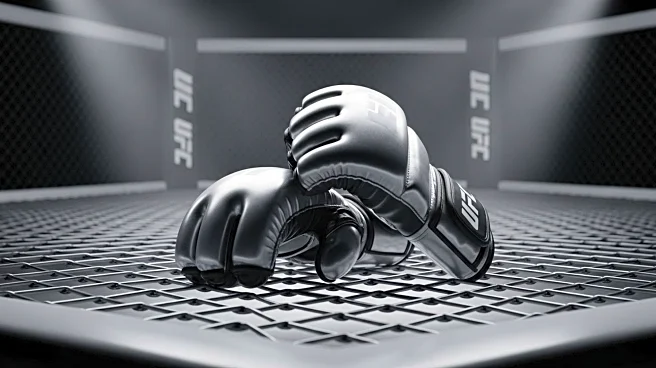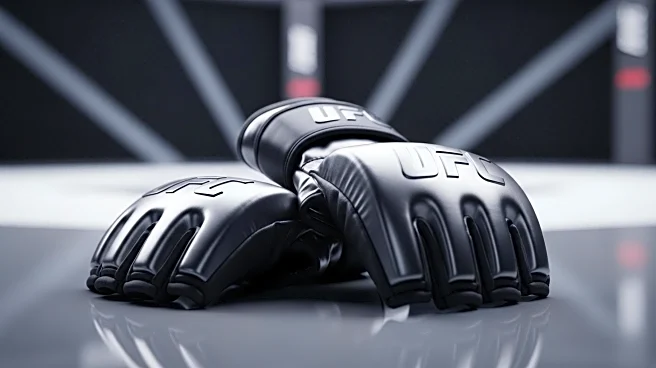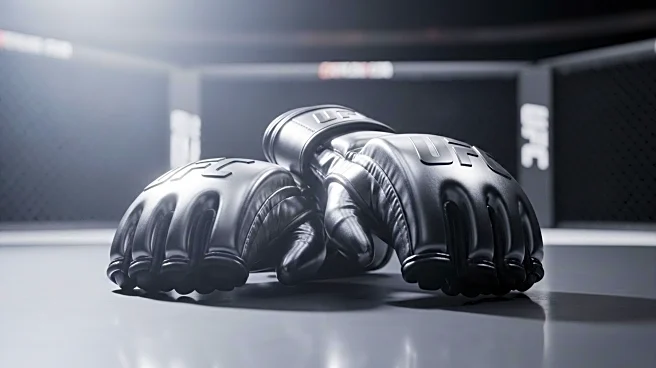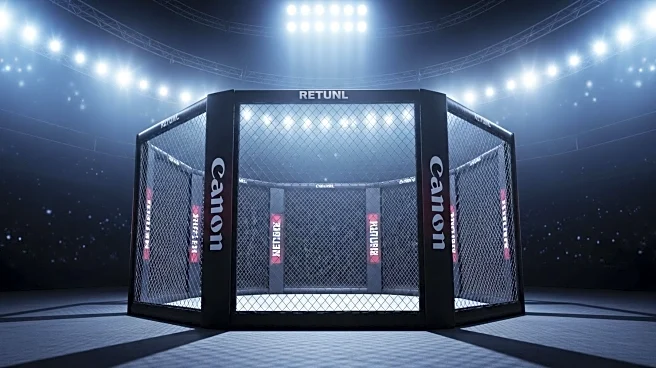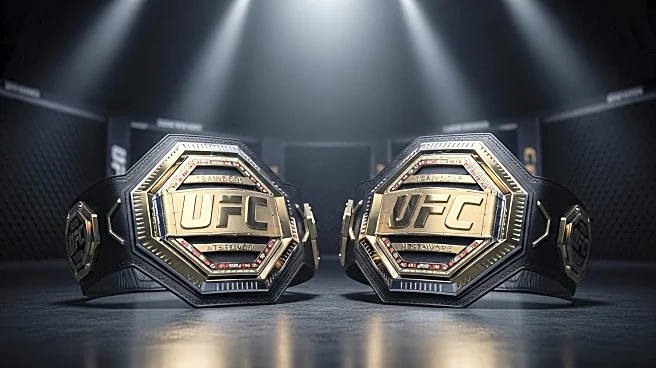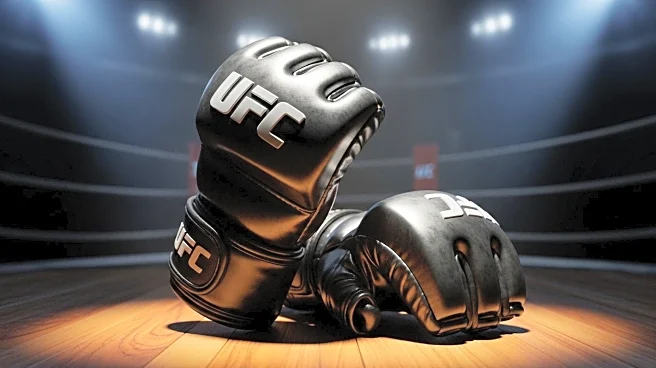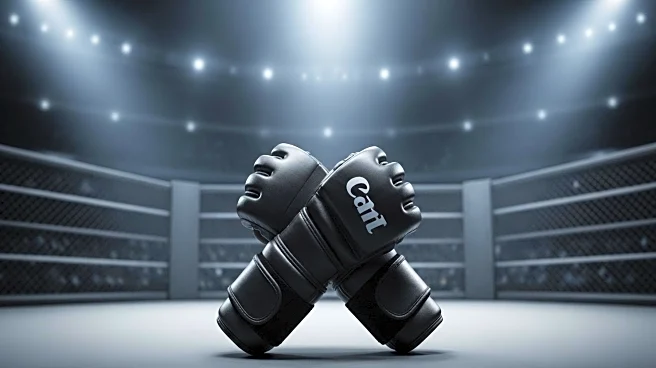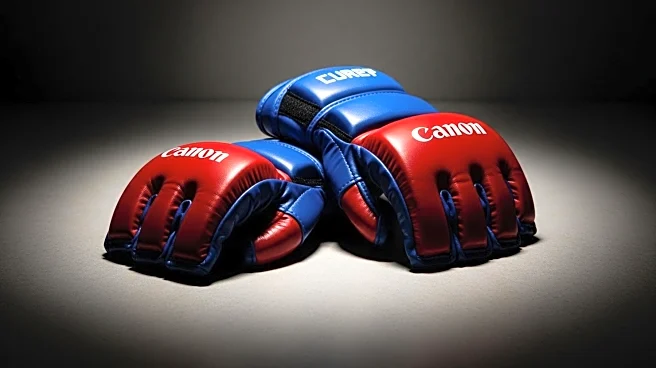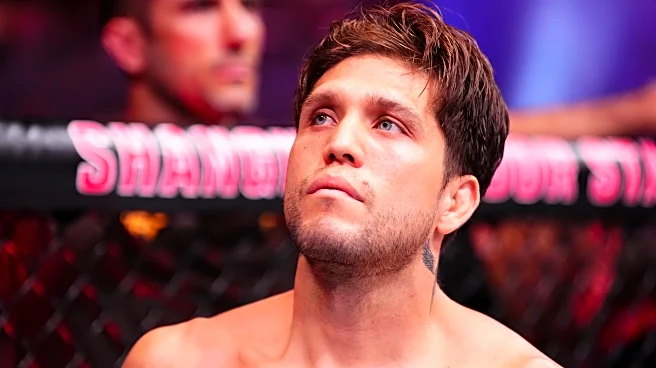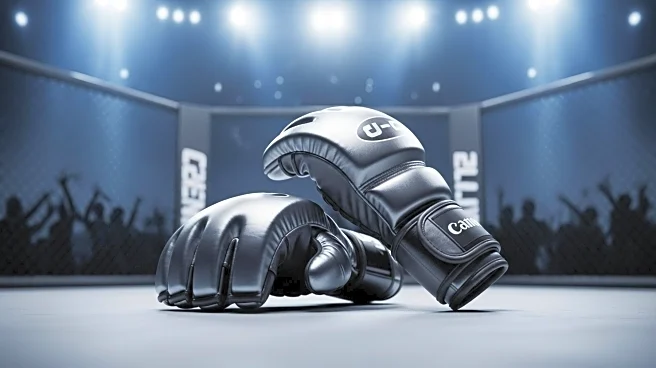What's Happening?
Oleg Taktarov, winner of UFC 6, expressed his belief that Fedor Emelianenko would still be a dominant force in today's mixed martial arts landscape. In an interview, Taktarov responded to heavyweight Sergei Pavlovich's comments suggesting that modern fighters are stronger than those from previous generations. Taktarov compared the debate to discussions about legendary soccer players like Maradona and Messi, emphasizing the respect owed to past champions. He highlighted Emelianenko's exceptional ground game and striking abilities, asserting that he would remain an undisputed champion even in current conditions. Emelianenko was the Pride FC heavyweight champion from 2003 to 2007, a period during which he was widely regarded as one of the best fighters in the world.
Why It's Important?
The discussion around Fedor Emelianenko's potential competitiveness in today's MMA scene underscores the ongoing debate about the evolution of the sport and its athletes. Emelianenko's legacy as a dominant fighter during his prime continues to influence perceptions of past and present fighters. This conversation is significant for the MMA community as it reflects on the sport's history and the development of fighting techniques and training methodologies. It also highlights the respect and admiration for pioneering athletes who have shaped the sport, influencing current fighters and fans alike.
What's Next?
As the debate continues, fans and analysts may look forward to potential matchups or exhibitions that could test the skills of past champions against current fighters. Such events could provide insights into the evolution of MMA and the effectiveness of different fighting styles across generations. Additionally, Sergei Pavlovich's rising status in the heavyweight rankings may lead to further discussions about the capabilities of modern fighters compared to their predecessors.
Beyond the Headlines
The conversation about Emelianenko's hypothetical dominance today also touches on broader themes of legacy and the impact of historical figures in sports. It raises questions about how athletes are remembered and celebrated, and the criteria used to evaluate greatness across different eras. This discussion may influence how future generations of fighters are trained and how they approach their careers, considering the achievements of those who came before them.
